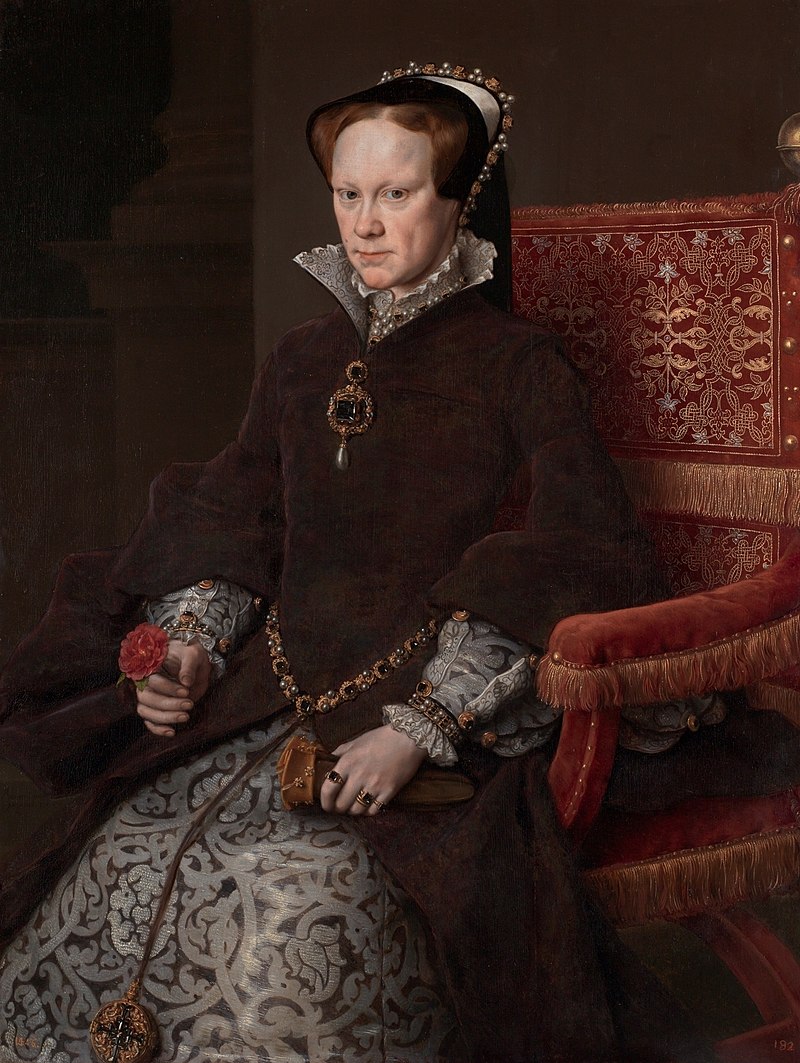
John Rogers. The name might not ring as loudly in the corridors of history as some of his contemporaries, but let me tell you, his story is one steeped in drama, religious fervor, and a tragic end that echoes through the annals of English history.
You see, John Rogers was the first Protestant martyr to be burned during the reign of Mary I. His death, on February 4, 1555, wasn’t just a random act of religious persecution; it was a deeply symbolic event that illustrated the tumultuous and often bloody conflict between Protestantism and Catholicism in England.

But who was John Rogers? Well, he wasn’t just any clergyman. A Cambridge-educated chap, Rogers was also a collaborator of William Tyndale, the man who first translated the Bible into English, a feat that upset the religious applecart in a big way. When Tyndale was executed, Rogers continued his work. He was instrumental in completing the Matthew Bible, the first authorized version of the Bible in English.
Now, let’s paint the broader picture of the time. England was like a religious seesaw. Henry VIII had broken away from the Catholic Church, establishing the Church of England. His son, Edward VI, continued on this Protestant path. But then came Mary I, Henry’s daughter by his first wife, Catherine of Aragon. Mary was a devout Catholic, determined to reverse the Reformation her father had started.

Enter John Rogers, a staunch Protestant who didn’t exactly see eye to eye with Mary’s Catholic agenda. When Mary ascended the throne in 1553, she wasted no time in reinstating Roman Catholicism as the state religion. Rogers, who had openly opposed the Catholic Mass and was a prominent figure in the Protestant community, found himself in hot water.
His trial was more a formality than a fair judicial process. The verdict? Guilty of heresy. The sentence? Death by burning. And so, on that chilly February morning, Rogers walked to the stake in Smithfield, reportedly calm and composed. His execution was more than just the death of a man; it was a stark message to Protestants across England: conform or face the consequences.
But here’s the twist. Rogers’ death, intended to intimidate Protestants, instead galvanized them. His martyrdom became a rallying point. Stories of his bravery and unwavering faith circulated, fueling the Protestant cause. It’s said that even his own children watched from the crowd, witnessing their father’s steadfast faith in the face of death.
The legacy of John Rogers is a complex one. He’s remembered not just for his translation of the Bible into English, a monumental task that democratized the scriptures, but also as a symbol of religious conviction and resistance. His execution marked the beginning of Marian persecutions, which saw over 280 Protestants burned at the stake.
Rogers’ story is a testament to the turbulent times of 16th-century England, where religion and politics were inextricably linked, often with deadly consequences. His death wasn’t just a singular tragedy; it was a reflection of the broader conflict between Mary I and the Protestants, a conflict that shaped the religious landscape of England for generations to come.
In the end, John Rogers stands as a poignant figure in English history, a man who paid the ultimate price for his beliefs, leaving behind a legacy of faith, courage, and an unyielding commitment to his convictions. His story, though rooted in the past, continues to resonate, reminding us of the enduring power of faith and the human spirit in the face of oppression.
Leave a comment